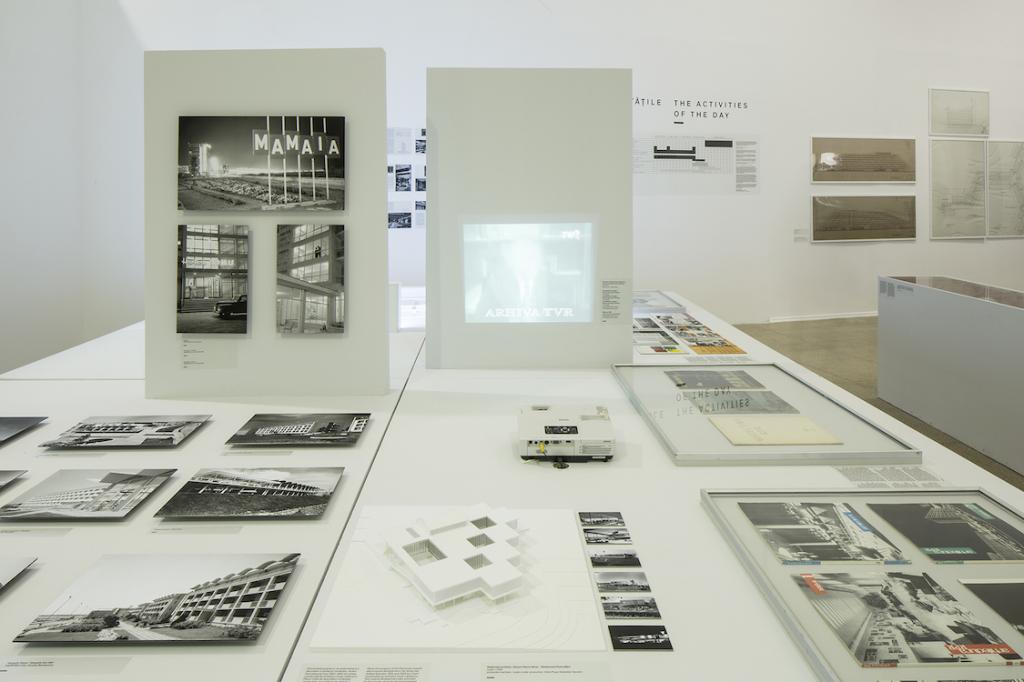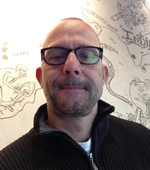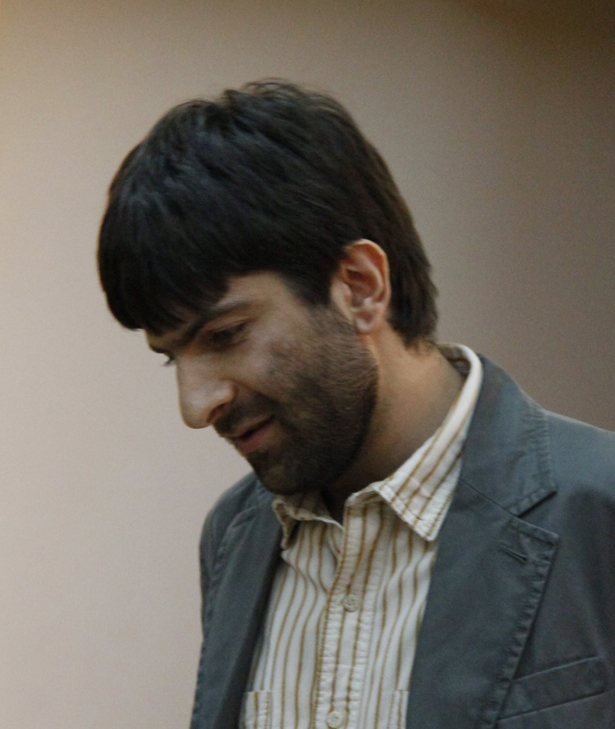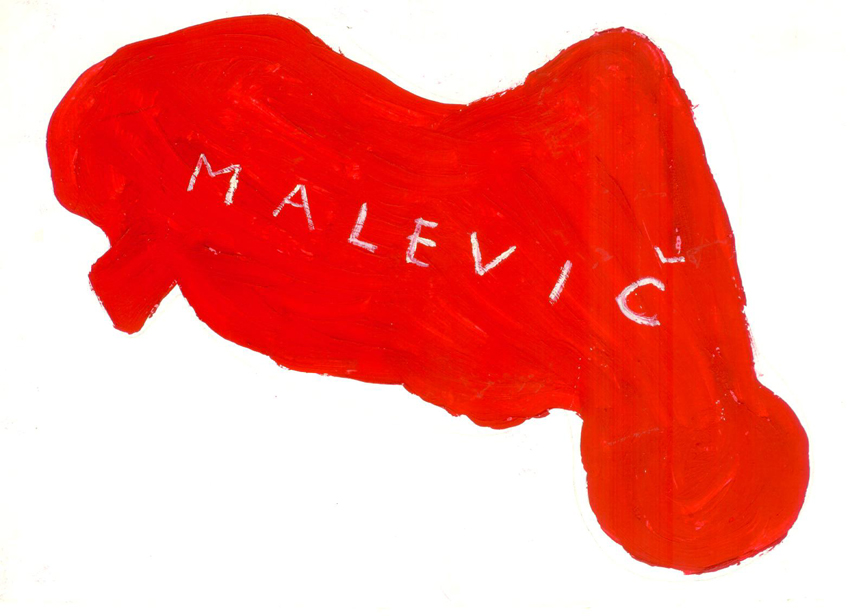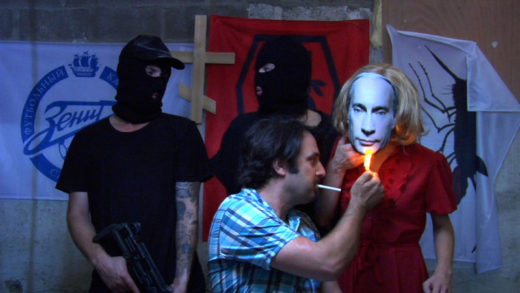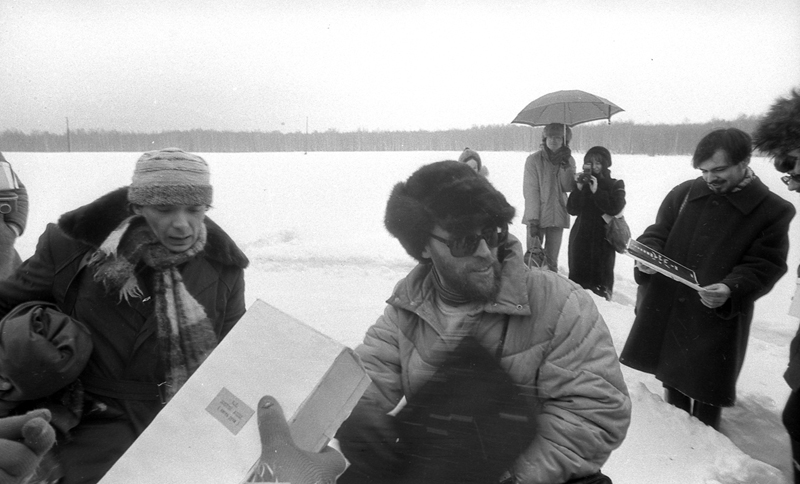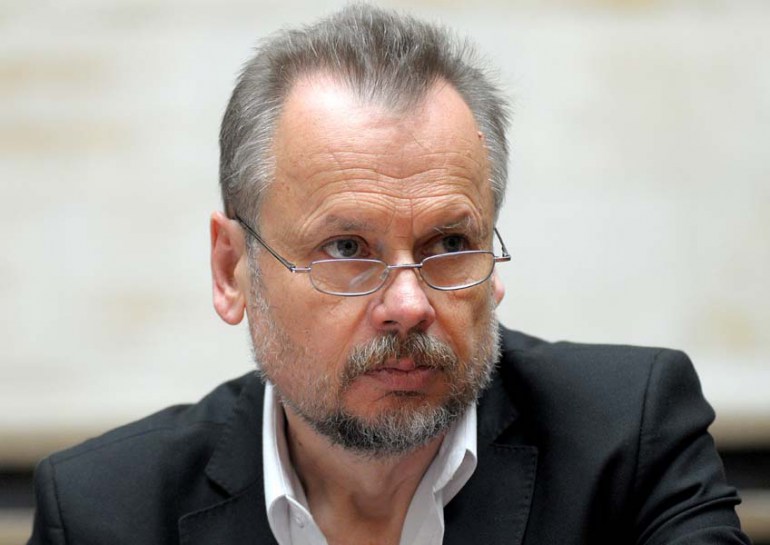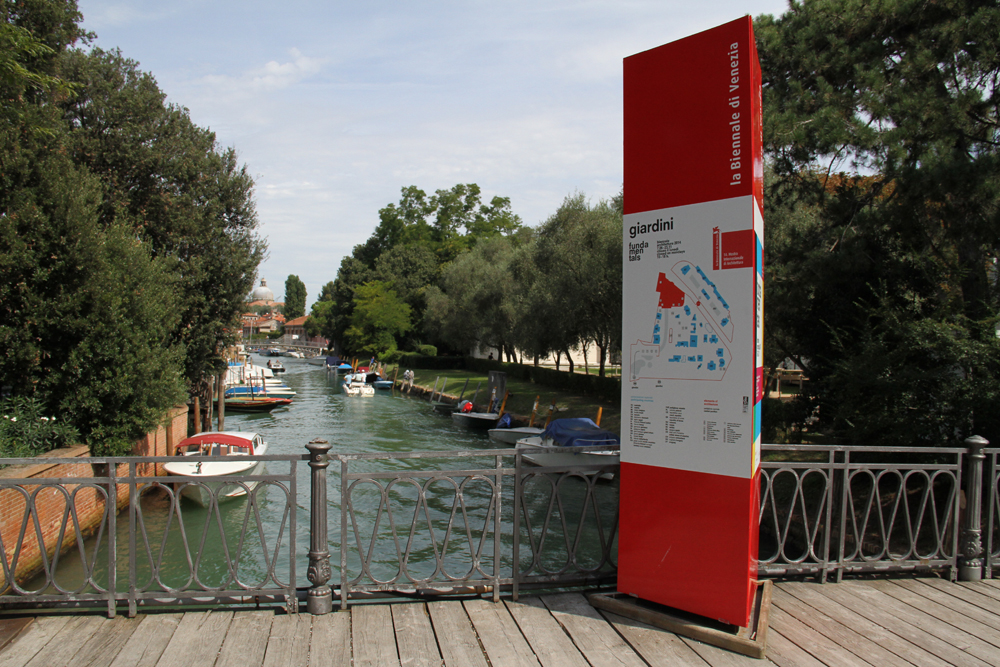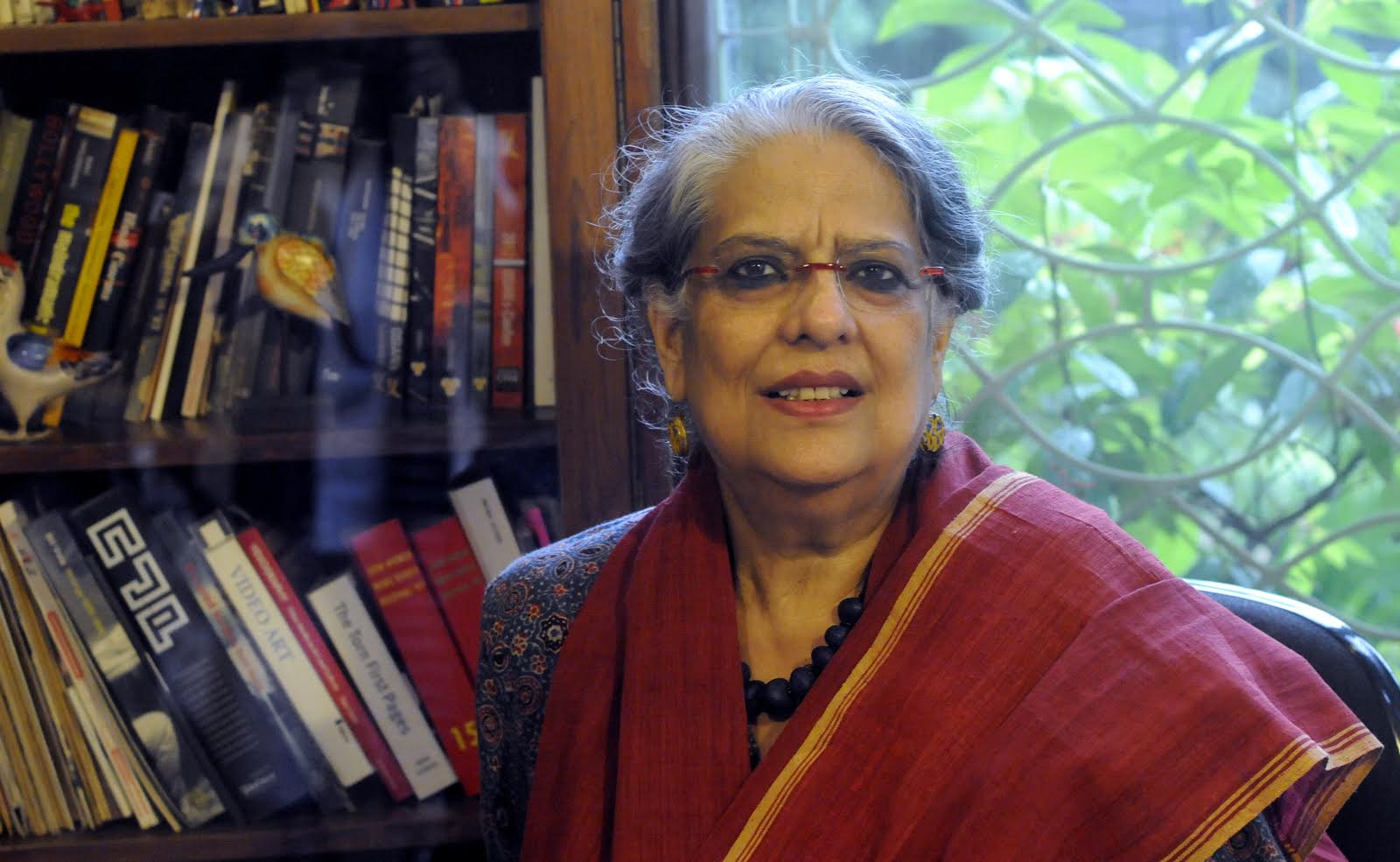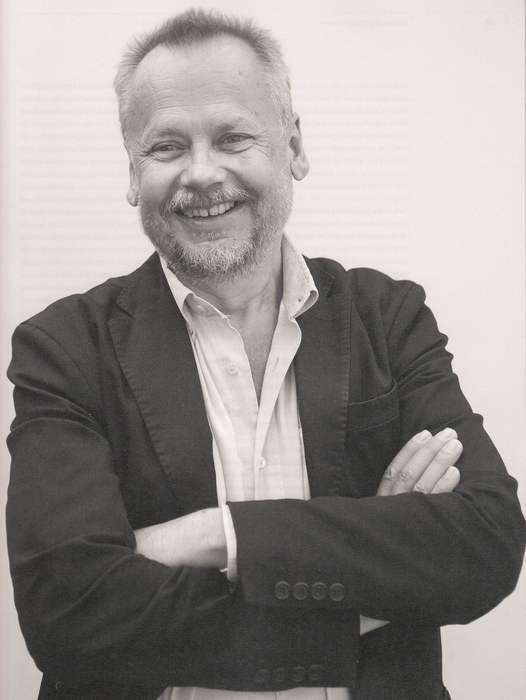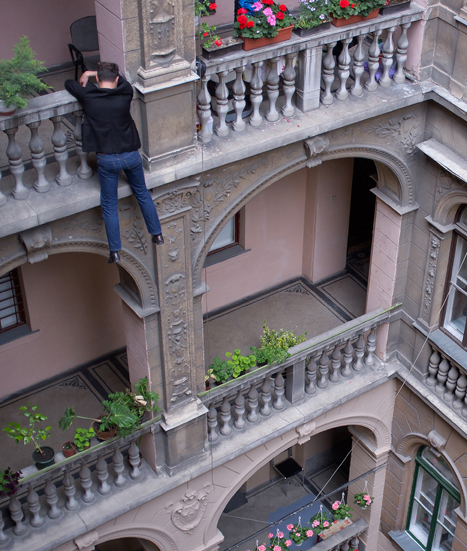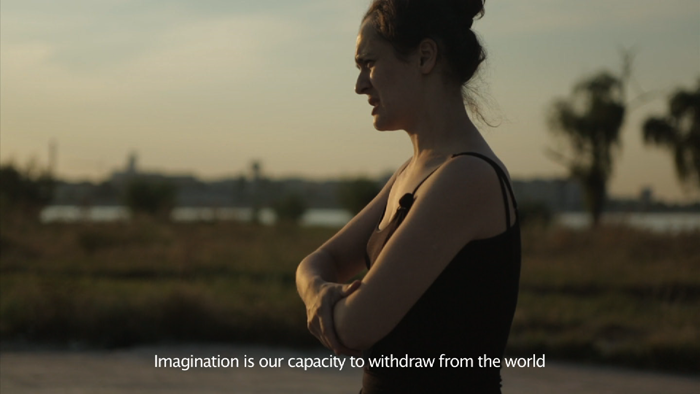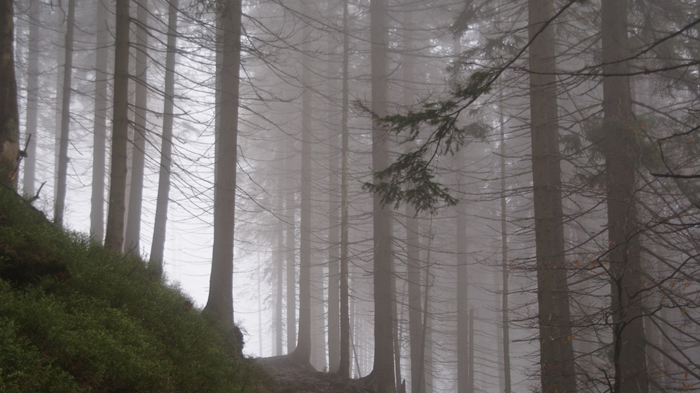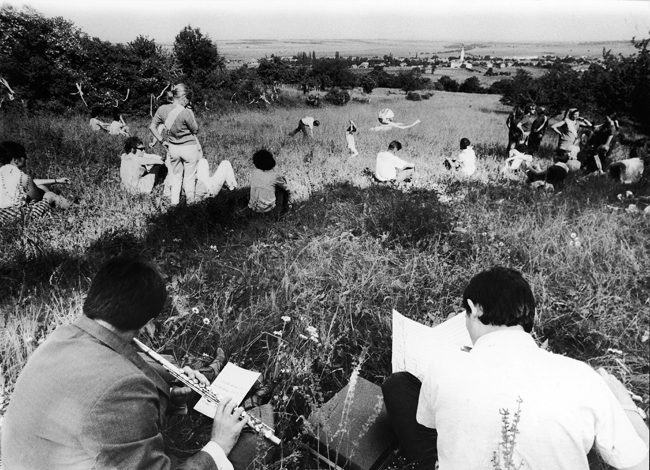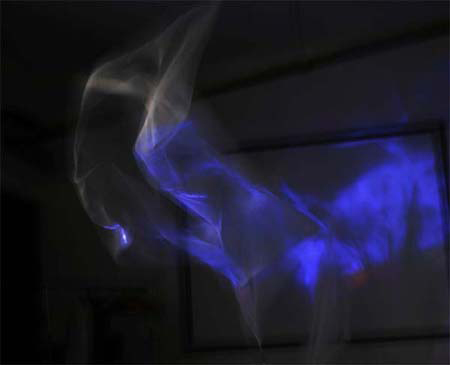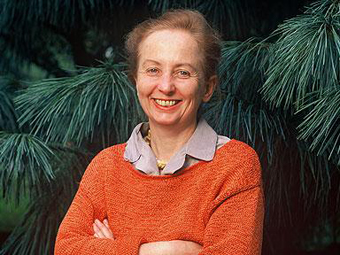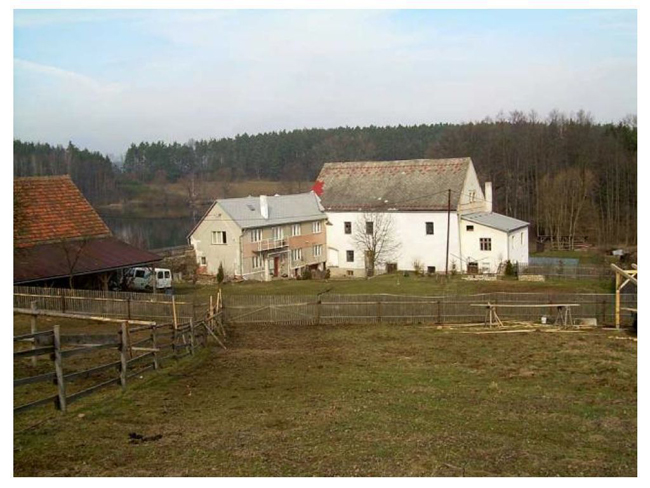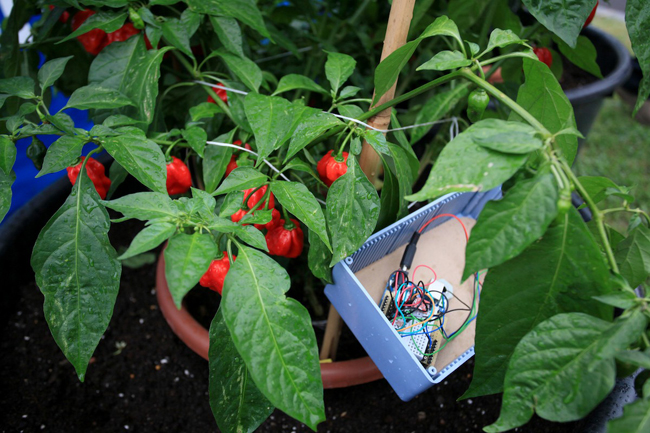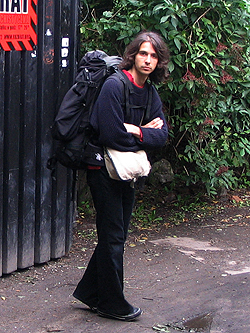Staging visuality – Seaside Architecture of Socialist Romania: Around an Exhibition and Beyond
ENCHANTING VIEWS: ROMANIAN BLACK SEA TOURISM PLANNING AND ARCHITECTURE OF THE 1960s AND 1970s. Exhibition curated by Kaliopi Dimou, Sorin Istudor and Alina Serban; October 10 – November 23, 2014; the National Museum of Contemporary Art – Sala Dalles, Bucharest (Romania)
In the wake of a series of conference papers and articles dealing with seaside architecture in the former Communist bloc, two larger projects covered the subject more consistently. The first (and more extended), Holidays after the Fall: Urban and Architectural Transformation Processes of South-Eastern European Leisure Peripheries, was initiated by Michael Zinganel (Faculty of Architecture, University of Graz) in … Read more

